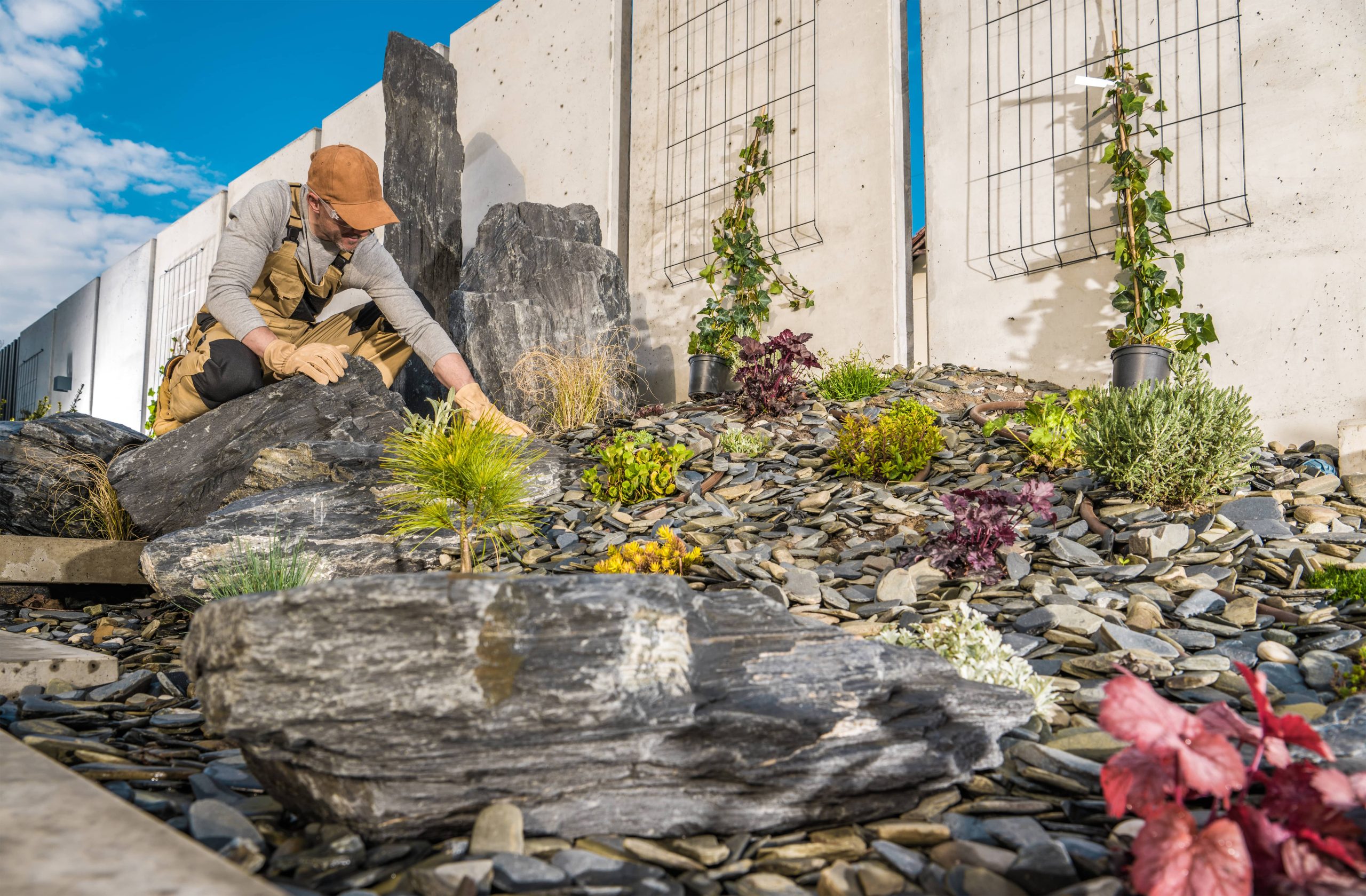
Gardening offers a unique connection to nature, where the rewards of your hard work are tangible in the form of vibrant flowers and bountiful harvests. However, all of this can quickly become a feast for unwanted pests who see your garden as their buffet. While conventional pesticides can be effective, they often come with negative environmental impacts and potential health risks. Fortunately, there are natural ways to protect your garden from pests, allowing you to maintain a healthy, thriving ecosystem.
Understanding Your Garden Ecosystem
Before diving into natural pest control methods, it’s essential to understand the ecosystem you’ve created in your garden. Healthy soil, diverse plant species, and beneficial insects form a balanced environment where plants can thrive. The aim is to bolster these natural allies rather than disrupt them with chemical interventions.
Choose the Right Plants
One of the most effective natural pest deterrents is to select plants that are inherently resistant to pests or that attract beneficial insects. Companion planting is a strategy where certain plants are grown together for mutual benefits. For instance, marigolds are known to repel nematodes, while basil planted alongside tomatoes can deter thrips and aphids.
Herbs like mint, sage, and rosemary can be used not only for their culinary benefits but also for their natural pest-repelling qualities. Their strong scents deter a range of insects. Implementing a diverse plant mix in your garden will also attract beneficial insects such as ladybugs and lacewings, which feed on many common garden pests.
Encourage Beneficial Insects and Wildlife
A thriving garden invites an array of beneficial insects and wildlife that play significant roles in natural pest control. Ladybugs are famous for their appetite for aphids, while lacewings feast on caterpillars and other soft-bodied insects. To attract these allies, plant various flowering plants that produce nectar and pollen.
Birds are another wonderful addition to your garden’s pest control arsenal. By installing bird baths or feeders, you can invite birds that feed on beetles, caterpillars, and other pests. Be sure to keep these water sources clean, fresh, and full to ensure a welcoming habitat.
Implement Physical Barriers
Physical barriers can be incredibly effective in keeping pests away from your precious plants. Floating row covers create a protective physical barrier without interfering with sunlight or rainfall. These lightweight fabrics are draped over plants, keeping insects like cabbage worms and root maggots at bay.
Cloche domes and netting are other useful tools. Domes made from recycled materials like plastic bottles can protect seedlings from snails and other small pests. Use netting to keep birds away from fruit-bearing plants while still allowing air and sunlight to pass through.
Homemade Natural Sprays and Solutions
One of the joys of gardening is the ability to craft your own solutions using household items. Neem oil is a powerful, organic option that can disrupt the lifecycle of harmful insects without harming beneficial ones. Mix a small amount with dish soap and water to spray directly on affected plants.
Another effective homemade solution is to mix garlic and chili, both potent pest deterrents. Blend together one garlic bulb, a few chili peppers, and some water. Let the mixture sit overnight, strain, then add to a spray bottle. This natural concoction can deter slugs, snails, and other unwelcome visitors.
Diatomaceous Earth
Diatomaceous earth, made from fossilized algae, is a fine powder that can be sprinkled around your garden to combat pests. It’s particularly effective against soft-bodied insects such as slugs and aphids. When these pests come into contact with the powder, it dries out their exoskeletons, ultimately controlling their population.
Maintain Healthy Soil
Healthy soil is fundamental to a vibrant garden. Rich, fertile soil promotes strong plant growth, making them less susceptible to pests. Regularly adding organic matter, such as compost, enriches the soil and improves its structure.
Practicing crop rotation is another way to keep the soil healthy and pest populations under control. By rotating plant families each season, you can prevent pests and diseases from building up in the soil.
Regular Monitoring and Maintenance
Stay proactive in your pest control efforts by regularly inspecting your plants. Early detection is key to managing pest populations before they become overwhelming. Look for signs of distress, such as holes in leaves, wilting, and discoloration. Manual removal of pests is possible through handpicking or using a small brush for delicate plants.
It’s equally important to maintain garden hygiene. Remove any debris, dead leaves, or rotting fruit, which can attract pests. Pruning diseased or infested branches helps prevent the spread of pests and diseases.
Conclusion
Embracing natural methods for pest control not only protects your garden but also enhances its overall health and sustainability. By fostering biodiversity, using physical barriers, and crafting your own natural sprays, you can effectively manage pests without resorting to harmful chemicals. Remember, a thriving garden is a balanced ecosystem where plants, insects, and wildlife coexist harmoniously. By working with nature rather than against it, your garden will not only resist pests but will flourish and provide endless beauty and bounty.
Allow these natural strategies to guide you as you nurture your green sanctuary, and take joy in the knowledge that you are stewarding a healthier planet for the generations to come.







